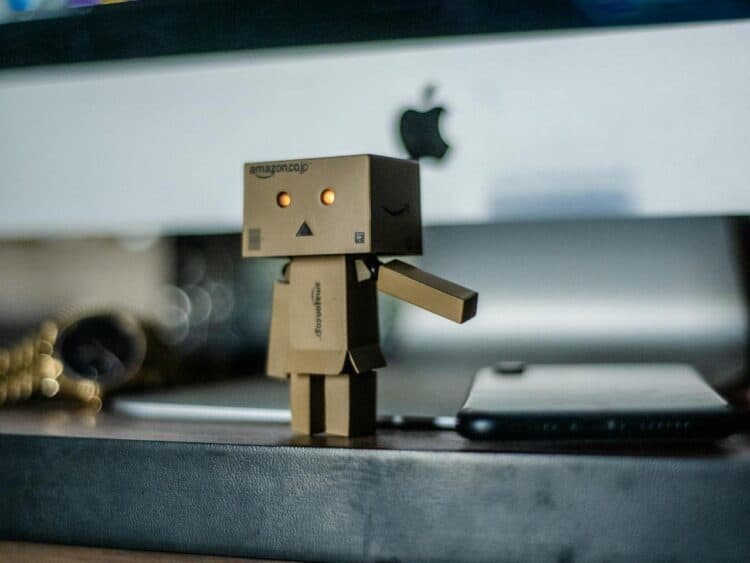In 2025, the convergence of artificial intelligence (AI) and the Internet of Things (AIoT) will become increasingly prominent, reshaping industries beyond traditional security measures. Below are five trends Hikvision believes will redefine how businesses ooperate and interact with technology.
1. Adaptive perception technologies
One of the most significant advancements in AIoT is the evolution of perception technologies, which are becoming adept at functioning in diverse environments. For instance, AI Image Signal Processing (AI-ISP) is enhancing image quality in low-light settings by minimising noise and mitigating motion blur.
Additionally, millimetre-wave radars are emerging as vital tools, capable of penetrating smoke and dust to provide accurate readings for traffic management. In industrial contexts, sound wave sensing technology enables non-invasive monitoring of equipment, facilitating early fault detection and minimising downtime.
2. Digitalisation across industries
AIoT is proving instrumental in accelerating digital transformation across various sectors. In retail, businesses are leveraging AIoT devices to gather critical data on inventory levels, foot traffic, and customer behaviour, thereby enhancing loss prevention strategies.
The energy sector, prioritising safety, has embraced AIoT for automating personal protective equipment (PPE) checks, streamlining inspections and reducing reliance on human oversight. Moreover, the emergence of tailored AIoT solutions—optimised for specific industry needs—signals a shift towards more effective and practical deployments.
3. Collaborative ecosystems
The complexity of AIoT demands collaborative ecosystems where no single entity can fulfil all requirements. Open platforms are becoming essential, allowing solution providers to integrate third-party applications seamlessly. This collaborative environment is fostering innovation, enabling developers to create flexible AIoT solutions.
The rise of user-friendly AI training platforms empowers non-specialist integrators to develop and deploy their own custom models, further democratizing access to advanced AI capabilities.
4. Cybersecurity as a collective effort
As AIoT expands, so does the importance of cybersecurity. Companies are now prioritising proactive strategies that focus on rapid threat detection and effective response mechanisms. This shift is fostering collaboration between installers, system integrators, and customers, collectively enhancing the security of AIoT deployments. Establishing a resilient operational framework is increasingly reliant on this cooperative approach, ensuring users can trust the systems they implement.
5. AIoT as a catalyst for sustainability
In an era where sustainability is paramount, AIoT technologies are emerging as critical tools for organisations aiming to operate more responsibly. By integrating AI algorithms with connected sensors, businesses can optimise resource usage, reduce energy consumption, and improve waste management.
One notable application is in building management, where AIoT systems adjust energy use based on occupancy and weather, resulting in significant cost savings and lower carbon footprints.
As these trends unfold, they not only signal a shift in technology but also a broader transformation in how industries operate, prioritising efficiency, safety, and sustainability in this new AIoT landscape.



